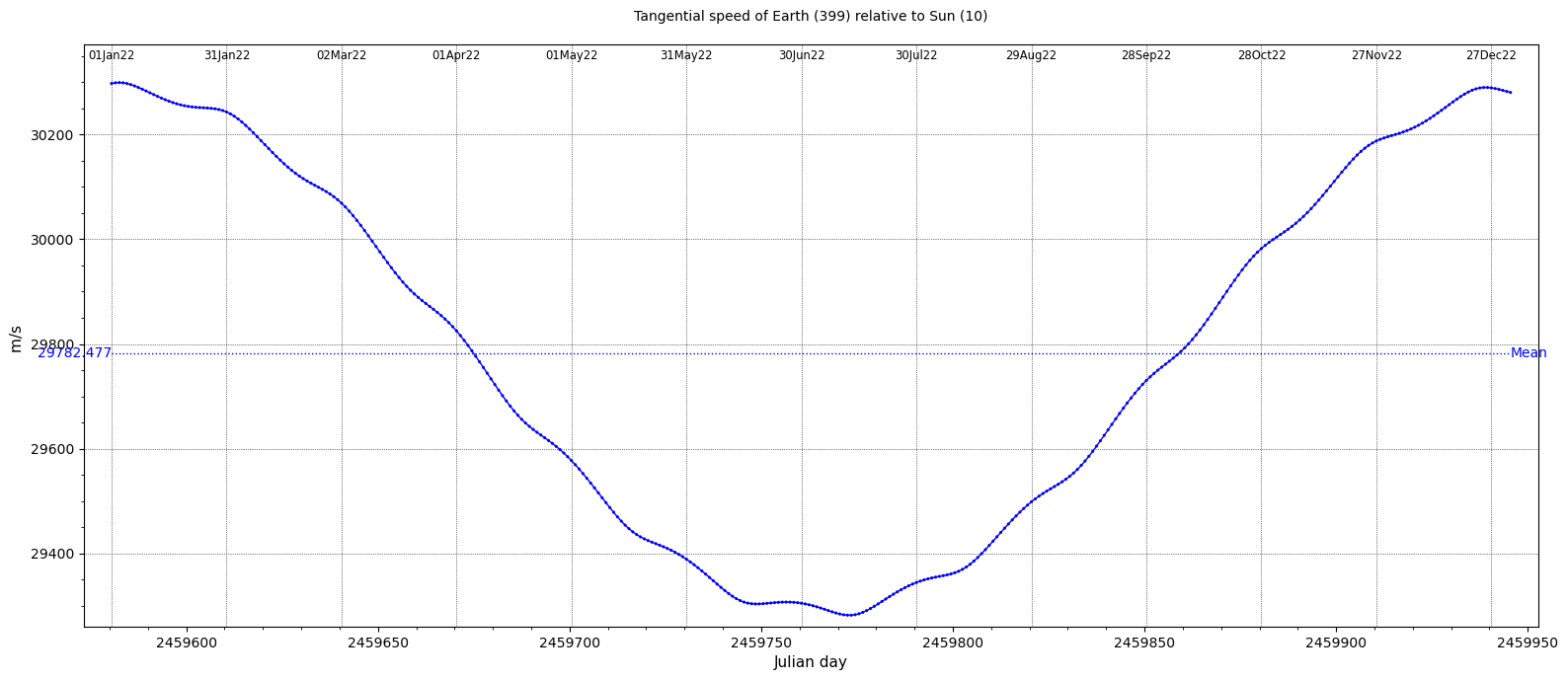The solar rotation is (mostly) irrelevant to the Earth's orbital period. (Incidentally, the Sun doesn't rotate like a solid body. Different latitudes rotate at different periods. See Solar rotation).
Yes, the Earth and Sun orbit about their common barycentre. However, the Sun / Earth mass ratio is huge (~329,000), so the distance of the centre of the Sun from the Sun-Earth barycentre is relatively small, ~455 km.
A more important factor is that the Earth and Moon orbit their common barycentre. That is, the Earth and Moon orbit the Earth-Moon barycentre (EMB), and the EMB orbits the Sun-EMB barycentre.
The Earth/Moon mass ratio is ~81.3. The mean Earth-Moon distance is ~385,000 km, and the mean distance of the centre of the Earth to the EMB is ~4,678 km, more than ten times greater than the Sun-EMB barycentre distance.
The actual Earth-EMB distance varies over the course of a month, and over the course of a year, mostly due to the eccentricity of the Earth-Moon orbit and of the EMB-Sun orbit. Here's a plot of the Earth-EMB distance, using data from NASA JPL Horizons:

However, the effects of these barycentres on the Earth's orbital speed is relatively small. The Earth's mean orbital speed is ~29,780 m/s. The speed of the Earth's orbit around the EMB is only 12.4 m/s. And the speed of the Sun around the
Sun-EMB barycentre is only 0.09 m/s.
The mean orbital radius of the EMB is ~149.58 million km, so the motion of the Earth relative to the EMB is rather small, but it's important when doing precision analysis of the Earth's orbital motion.
Here's a Horizons plot of the speed of the EMB relative to the Sun, using a 1 day timestep.

Here's the corresponding plot of the Earth's speed relative to the Sun. We can clearly see the effect of the Moon's perturbation.

In the question, you mention the sidereal and tropical years. Another important year is the anomalistic year, which is usually defined as the time between perihelion passages. The mean anomalistic year of the EMB is ~365.2596358 days. See Wikipedia's Sidereal, tropical, and anomalistic years for further details.
Our calendar uses the tropical year because we want the calendar year to stay synchronised with the seasons. But if you want a year that tracks when the EMB is closest to the Sun, then you need the anomalistic year.
The motion of the EMB is slightly perturbed by the other planets, primarily Venus (because it's close) and Jupiter (because it's massive). The plane of the orbit (the ecliptic) is quite stable, but the line from the perihelion to the aphelion slowly precesses.
Traditionally, motions in the Solar System used a frame defined by the ecliptic and the Earth's equatorial plane (i.e., the plane of the Earth's rotation on its axis). The intersection of these planes determines the equinox direction. However, the Earth's axis also precesses slowly. Modern celestial mechanics uses the International Celestial Reference Frame, which is based on a set of distant extragalactic objects, although it's aligned to the equatorial frame of the year 2000.
I have further information on the Earth / EMB motion here: https://astronomy.stackexchange.com/a/49546/16685 and on the topic of perihelion and the equinoxes & solstices here: https://astronomy.stackexchange.com/a/49605/16685
You may also be interested in the motion of the Sun relative to the Solar System barycentre (SSB): https://astronomy.stackexchange.com/a/28036/16685
Horizons data comes from the Jet Propulsion Laboratory Development Ephemeris. For further details, please see The JPL Planetary and Lunar Ephemerides DE440 and DE441, Park et al (2021).



